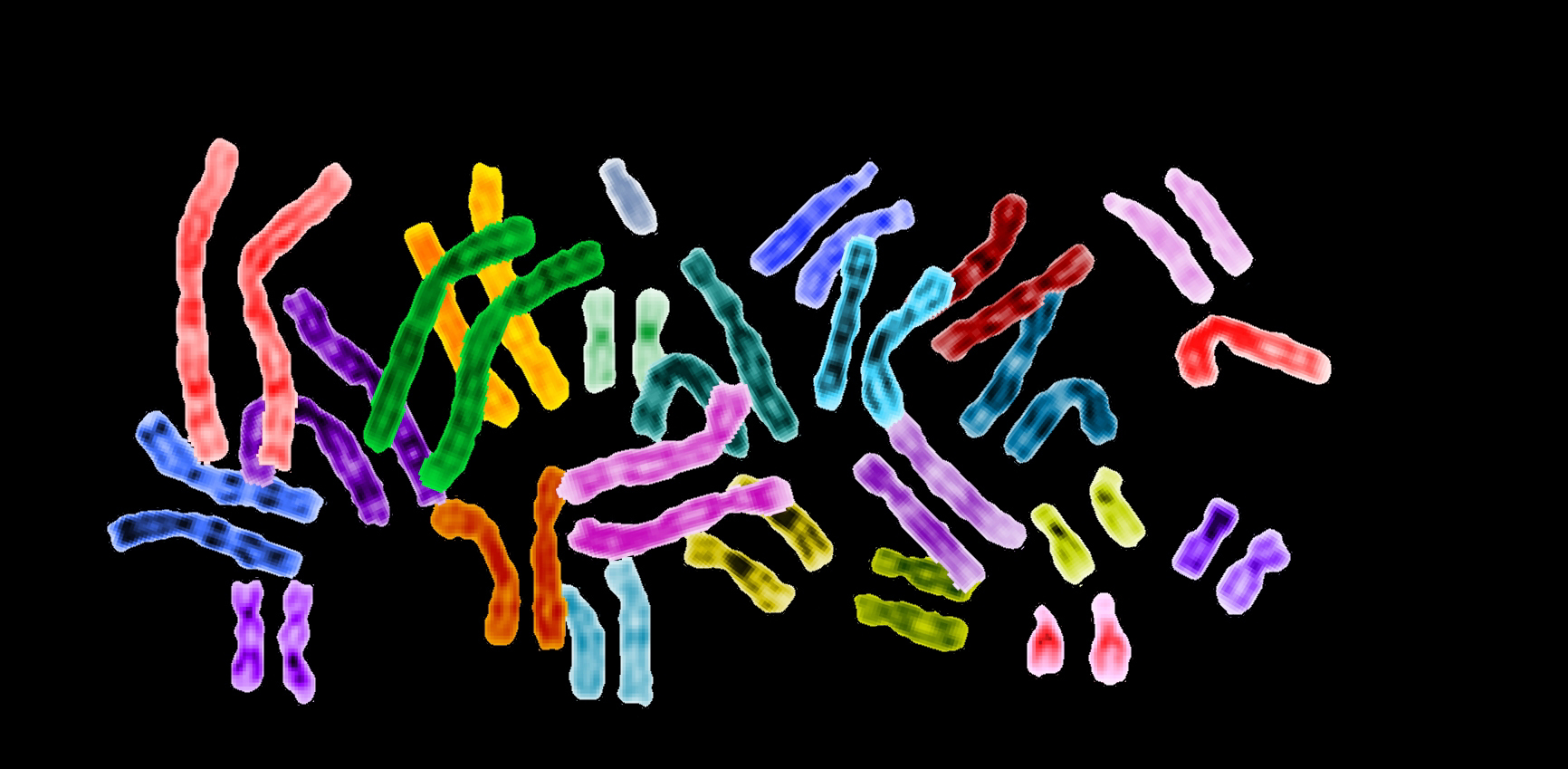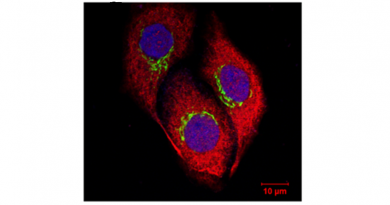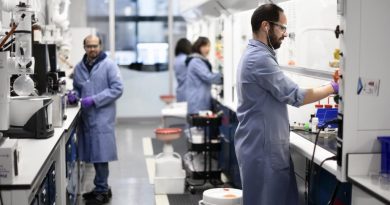From my perspective: Dr. Gido Van De Ven shares his experiences during postdoctoral training
From the Labs interviewed Dr. Gido Van De Ven and learned about his passion for research at the intersection of neuroscience and artificial intelligence and about overcoming the challenges of working remotely during COVID-19 times.
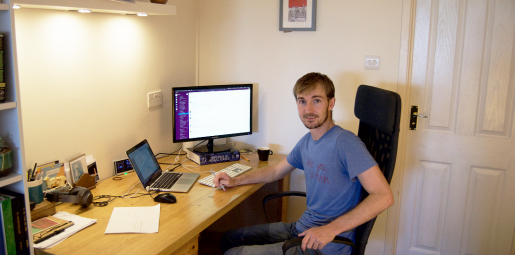
1. What led you to choose this area of research for your postdoctoral work and specifically the lab you are in at Baylor?
I met the principal investigator of the lab, Dr. Andreas Tolias, professor and Brown Foundation Endowed Chair of Neuroscience at Baylor, toward the end of my Ph.D. training during winter school in Austria. This was ideal timing, as I was looking for an opportunity to explore a new research direction. My Ph.D. research had a strong experimental focus: I studied the role of a mechanism called “replay” in the stabilization of memories by recording neuronal activity from the brains of mice. I liked the topic, but, for my postdoctoral training, I was hoping to do more computational work, although I did not want to disconnect myself from the experimental side completely. The Tolias lab was perfect in this regard, with a great mix of both experimental and computational work.
2. When you are talking with people outside research, how do you explain your work and its importance?
I use insights or concepts from neuroscience to try to make the behavior of deep neural networks (or “deep learning”) in artificial intelligence (AI) a bit more human-like. Deep neural networks are the main drivers behind the recent rapid progress in AI. While these networks are extremely good at learning to solve well-defined tasks, they have a few quirks that set them apart from humans.
They can, for example, be fooled by minor changes to their inputs that are unnoticeable for humans (these are called “adversarial examples”). Another quirk of these networks, which I am most interested in, is that they are very bad at remembering things. When a deep neural network is trained on a new task, it forgets how to perform previously learned tasks. This prevents these networks from accumulating information throughout their lifetime, as humans are able to do.
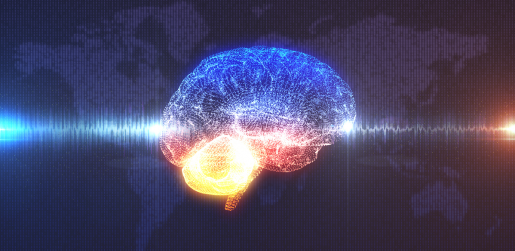
For my postdoctoral project, I tried to equip these deep neural networks with a brain-like replay mechanism to improve their memory (see Teaching AI to remember). The goal of this work is not just to improve deep neural networks. We hope that it could also lead to new insights or hypotheses about the computational role of empirical properties of the brain. For example, my last project made some exciting predictions about how replay might contribute to the stabilization of memories in the brain and, in collaboration with the lab of Dr. Kimberly Tolias, associate professor of neuroscience at Baylor, we are currently running an experiment to test these predictions.
3. Were there specific techniques you had to master for this work? If so, what resources at BCM did you draw on to learn these?
The main technique I had to master was working with deep neural networks. Although I had a background in statistics, I had no prior experience with deep learning. Luckily, there were many people in the lab with expertise in this area that I could turn to for help, which made getting up to speed a lot easier. It was also very useful that there are a number of other labs at Baylor, for example, the labs of Dr. Xaq Pitkow and Dr. Ankit Patel, both assistant professors of neuroscience, with many members that are working with deep learning and who also are interested in the link between deep neural networks and the brain.
4. Are there any moments from your work on this project that particularly stand out either as an exciting discovery or a specific challenge/road block you had to overcome?
The event that stood out most, both in positive and negative sense, was the feedback I received on the first paper from my postdoc. It was my first work in a new area of research, so I was quite nervous about what people would think of it. The feedback I received at first was unfortunately negative. I had submitted the paper to a computer science conference, and the reviews were unexpectedly harsh. But, I also had made the paper available on a preprint server, and a few days later I received very complimentary feedback from a professor who had read our paper and had even decided to base their own work around it.
5. How has being at Baylor helped you overcome obstacles during your time as a postdoc?
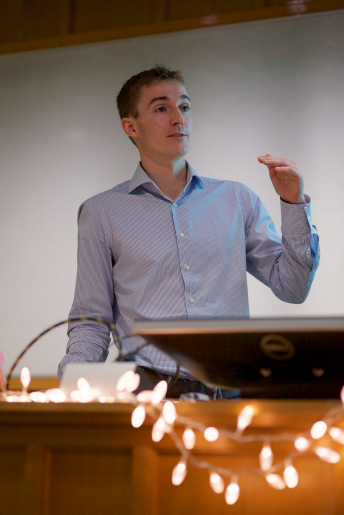
One obstacle during my time as postdoc at Baylor was that after my first year in Houston before the COVID-19 pandemic struck, for family reasons, I moved back to England. My research was going well, and as most of my work was on the computer, my supervisor was happy to give me the chance to continue my project remotely. In the beginning this was challenging, but it helped that I had the chance to become a visiting researcher at the University of Cambridge, which provided me with a physical place to work and with new colleagues to start new collaborations.
This experience of working remotely has helped me to become more independent in my research.
However, the first few months of the pandemic were very challenging, as my partner and I did not have access to any childcare. The only way to adapt was to try to be as efficient with the available time as possible.
6. Has being at Baylor opened unexpected possibilities for your professional development?
Shortly after I joined Baylor, the lab won a grant to work on an ambitious DARPA-funded project aimed at using biological insights for developing lifelong learning machines (the L2M program). Thanks to this program, I got the chance to regularly meet and present my work to other researchers working on related topics. This program has also provided me with ample opportunity for professional development. In the past two years, despite working remotely, I have gradually taken on more and more responsibility within our multi-institutional team, and I’m currently leading the team’s deep learning efforts for this program.
7. What are your future career plans and how did working on this project contribute to your goals?
After my postdoc at Baylor I hope to continue scientific research at the intersection of neuroscience and artificial intelligence, so my current project is certainly a relevant preparation for this.
8. What are your favorite things to do outside the lab? Has living in the Houston area helped you enjoy those activities?
I had a great time living in Houston. We had an apartment right next to Hermann Park, so my commute was a pleasant stroll or cycle ride through the park. I also very much enjoyed the museums, bars and the great variety of restaurants throughout the city. Something else I miss from my time in Houston are the afternoon breaks to read scientific papers in the zoo or on the campus of Rice University, both of which are walking distance from Baylor. Other highlights were the weekend trips out of Houston: to Galveston, the Hill Country, Austin, Dallas and Big Bend. Texas is truly a fascinating state.
Read Dr. Van De Ven’s recent paper in Nature Communications.

